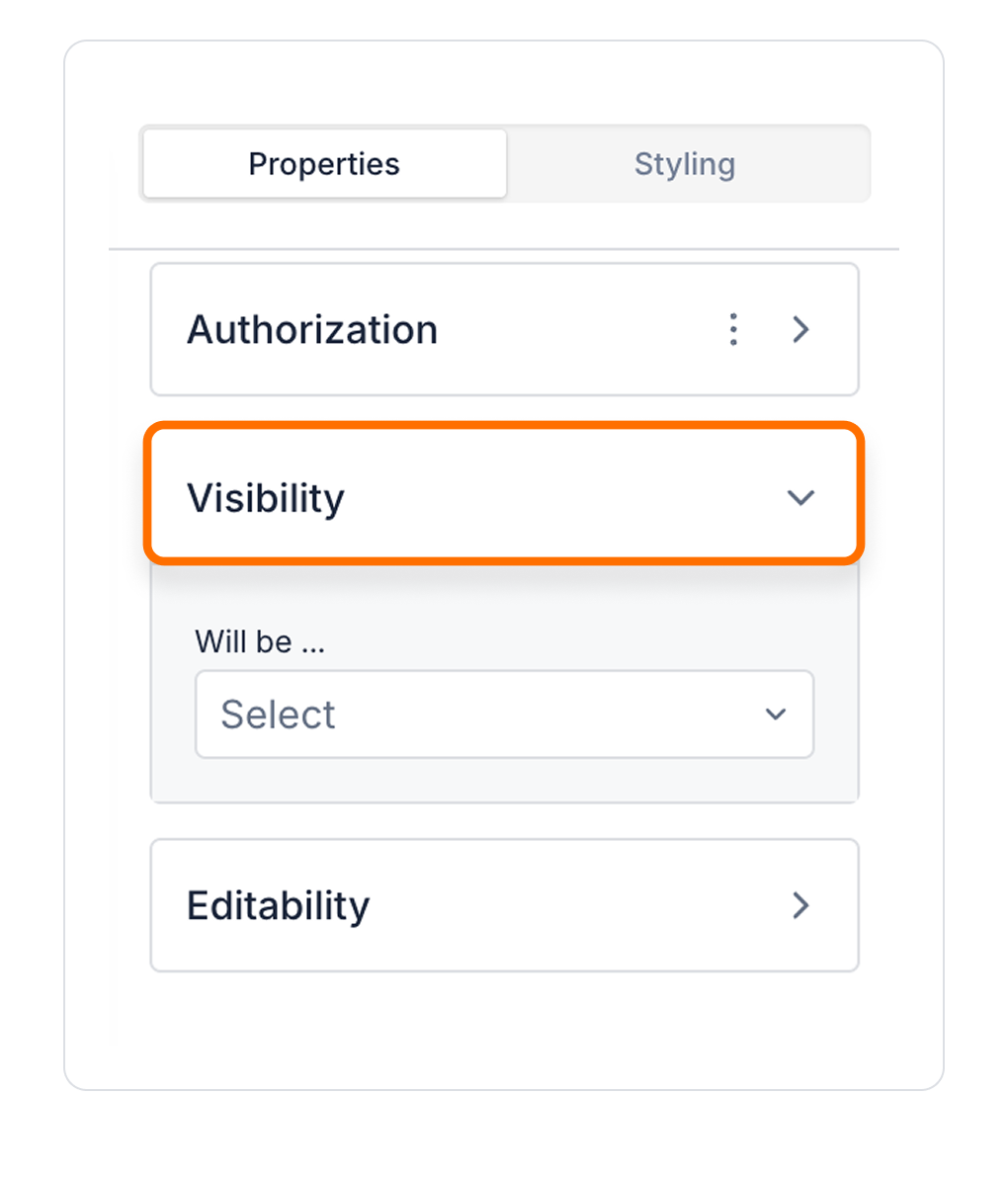
The Breadcrumb element in Kuika is designed to help users easily track their location within a web application. With its dynamic structure, it works in harmony with your menu setup, enhancing the overall user experience. Thanks to this element, users can clearly see the hierarchy of the current screen and quickly navigate back to previous pages.
This tutorial includes the following sections:


The breadcrumb element marks the screen where the application is located as current (current page), while dynamically placing its top-level parent menus on the left side. It updates automatically based on the menu structure and works hierarchically without any manual intervention.
Main settings that can be customized via the Properties panel:
BreadCrumb Connection Structure and Sample Scenario
For the BreadCrumb to work correctly, the connection fields must be configured appropriately in the data source (e.g., a table or API source). You can proceed by performing the following checks:
Example Scenario: HomePage / Products / Technology
In this structure, the Link Field must contain the value “Products” so that clicking the “Products” button redirects the user to the Products screen.
For this feature to work correctly, the HomePage, Products, and Technology screens must be defined in the project.
Example Table Structure
At the most basic level, the table for BreadCrumb data should contain the following columns:
Example structure:
Thanks to this structure, the BreadCrumb element dynamically creates the hierarchy of the screen the user is on and allows them to return to previous pages.
Authorization

To manage access control at the element level, you can use the Authorization section in the Properties panel.
Access Types
Anonymous
Allows all users to view the element without logging in.
Restricted
Restricts access to only verified users or specific roles.
Unauthorized Behavior (Hide / Disable)
If the user does not have the required role, you can specify how the element should behave in the Choose field:
This setting is used to manage how unauthorized users encounter the element.
Visibility

To configure the setting:


By customizing your elements with the Styling Panel, you can create impressive interfaces for your web and mobile applications. In this section, you can configure the following settings:
By following these steps, you can configure the Area Chart element to suit your needs.